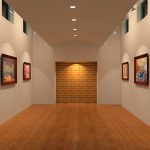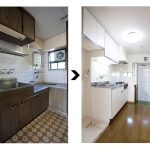Quite simply, almost every electronic device that you open contains a printed circuit board. Someone had to go to the effort of being involved with the original printed circuit board design, but what are the good, the bad and the ugly about printed circuit boards.
What Are the Basics of a Printed Circuit Board?
Printed circuit boards are made of a fabricated glass/plastic. They are fixed with copper tracks that act as a wire so the necessary components can be attached. Holes are drilled through the circuit board where the components will be soldered to form a strong bond for the components.
No Moving Parts
One of the first positives about printed circuit boards is that they do not contain complex wiring, back-and-forth and all over the board. This is one of the advantages that helps make these boards relatively simple electronics to be able to use.
As the copper tracks are embedded deep into the board, there is a very low opportunity for short-circuits to occur. As a professional designer, they will have used CAD to bring the board layout together and the errors can be eroded before a real model is produced.
In some design offices, the printed circuit board design will be tested on the computer before it is manufactured which reduces the costs of producing boards that may fail. Designs are printed and etched on to the copper board. Therefore, mass production of printed circuit boards is relatively easy and not necessarily expensive. By copying the schematics design, it can be passed to another manufacturer and the exact same board reproduced.
Are There Any Disadvantages in Producing and Using Printed Circuit Boards?
Once a board is damaged it may be impossible to repair. In fact, it may cost less just to reproduce the original board, providing a copy is still available.
You cannot update a board because the original printed circuit board design is the model that has been created. Changing any component of the layout of the board involves retesting until it has been proven to work and then it will be reprinted.
One final effect to consider is the effect on the environment. Etching printed circuit boards uses chemicals and some of these can be harmful to the environment. Unless you can choose chemicals, which do not harm the environment, the use of the board may be restricted, particularly, for example, if an environmentally friendly company wishes to produce an electronic item that contains a printed circuit board.







